
Producción científica
La investigación de Navarrabiomed en cifras
Producción científica
Durante el periodo 2016- 2020 se publicaron 580 artículos trabajos (artículos, reviews o letters) que pertenecen a revistas indexadas en el JCR.
El total de trabajos con personal investigador de Navarrabiomed como primer o último firmante es 333, lo que supone el 57% del total de publicaciones.
La tendencia en el periodo es altamente creciente para el número de publicaciones, pasando de 78 en 2016 a 151 en 2020 (pendiente de actualizar al alza), y estable para el porcentaje de publicaciones lideradas con respecto al total de publicaciones, que se mantiene en torno al 58%
Actividad investigadora
Publicaciones destacadas
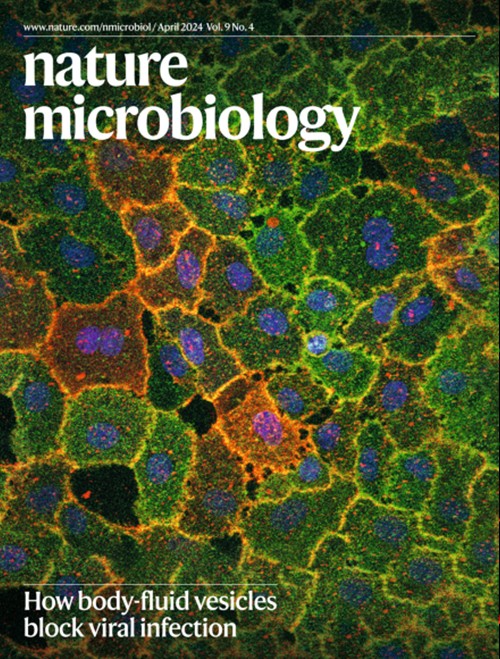
2024 | Nature Microbiology
Bacteriophages avoid autoimmunity from cognate immune systems as an intrinsic part of their life cycles
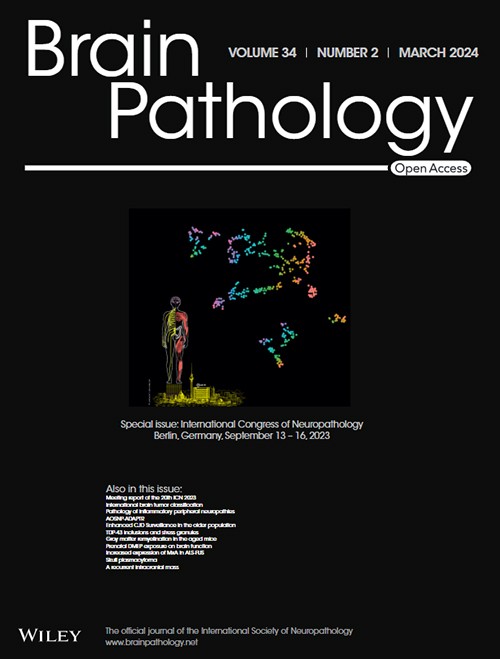
2024 | Brain Pathology
Neuropathological stage-dependent proteome mapping of the olfactory tract in Alzheimer's disease: From early olfactory-related omics signatures to computational repurposing of drug candidates
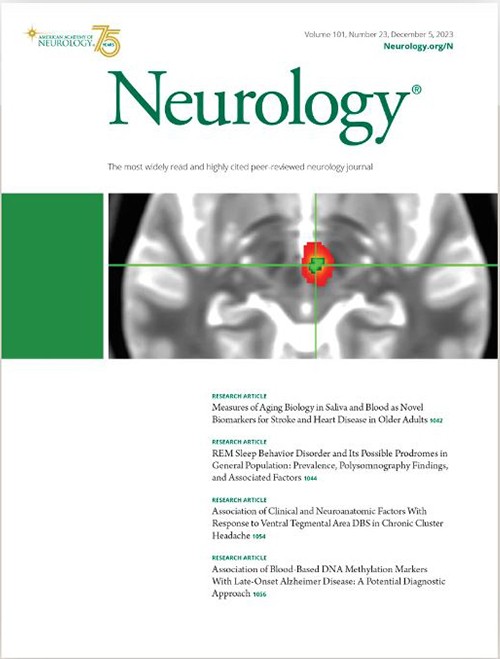
2023 | Neurology
Association of Blood-Based DNA Methylation Markers With Late-Onset Alzheimer Disease: A Potential Diagnostic Approach
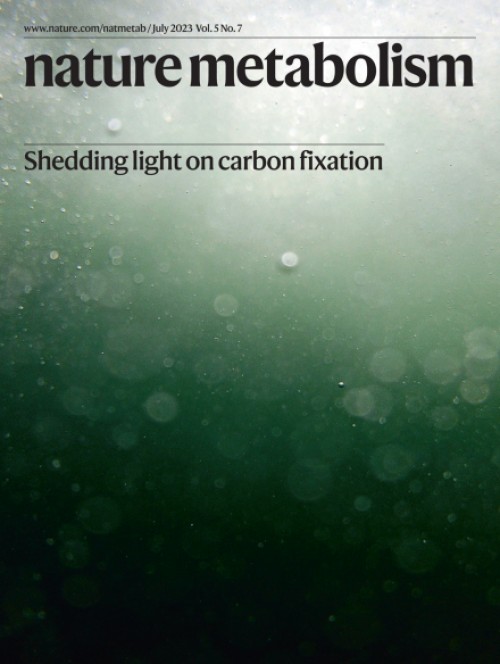
2023 I Nature Metabolism
Metabolic rewiring induced by ranolazine improves melanoma responses to targeted therapy and immunotherapy
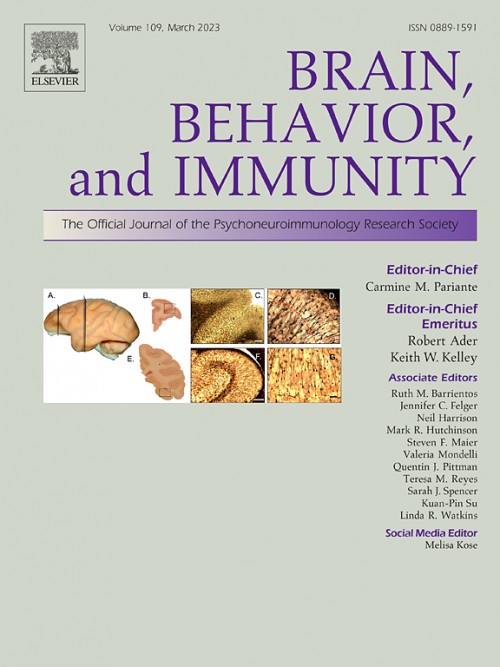
2023 I Brain, Behavior, and Immunity
Profiling TREM2 expression in amyotrophic lateral sclerosis
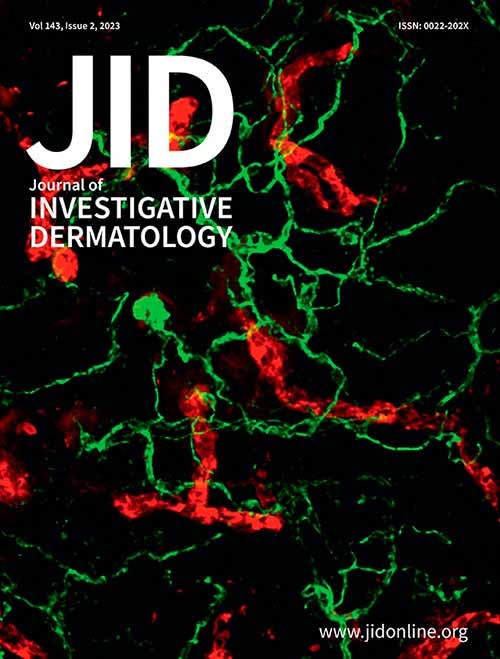
2022 I Journal of Investigative Dermatology
The Regulators of Peroxisomal Acyl-Carnitine Shuttle CROT and CRAT Promote Metastasis in Melanoma
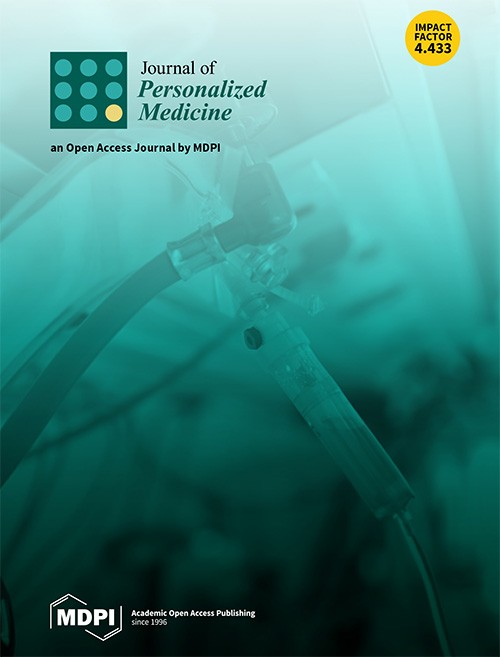
2021 I Journal of Personalized Medicine I Cancer-Induced Immunosuppressive Mechanism
A Proteomic Atlas of Lineage and Cancer-Polarized Expression Modules in Myeloid Cells Modeling Immunosuppressive Tumor-Infiltrating Subsets
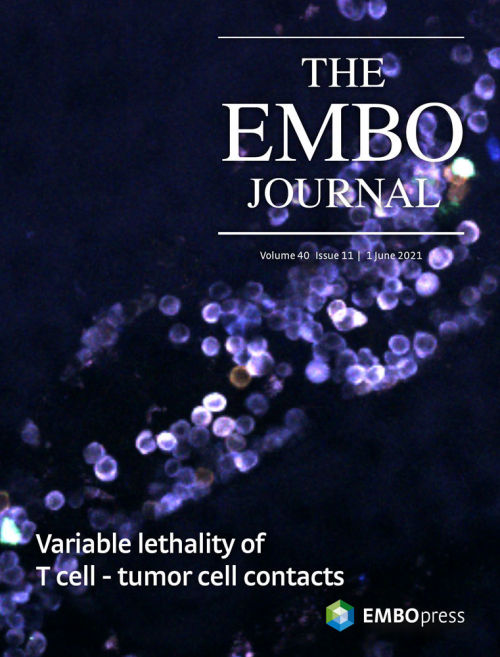
2021 I The EMBO Journal
Structural mechanism for modulation of functional amyloid and biofilm formation by Staphylococcal Bap protein switch
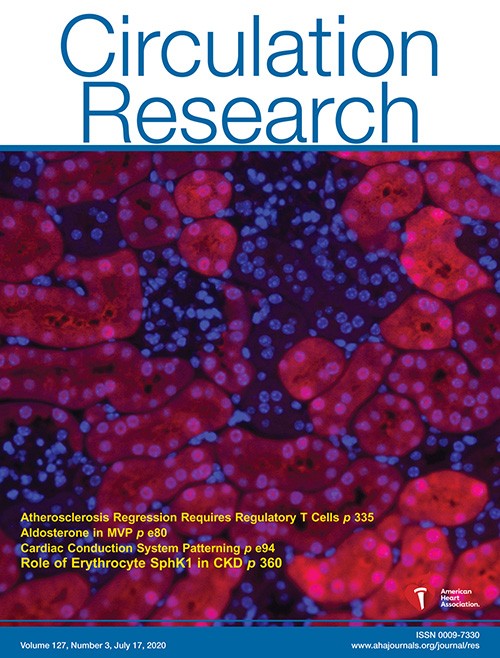
2020 I Circulation Research
A New Role for the Aldosterone/Mineralocorticoid Receptor Pathway in the Development of Mitral Valve Prolapse
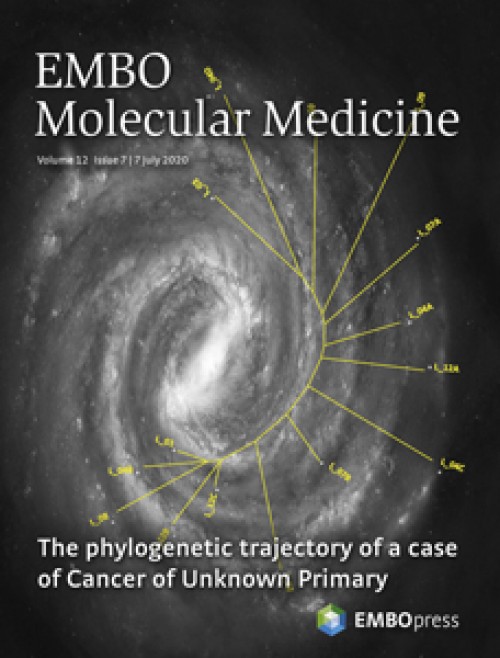
2020 | EMBO Molecular Medicine
Systemic CD4 immunity: A powerful clinical biomarker for PD‐L1/PD‐1 immunotherapy
